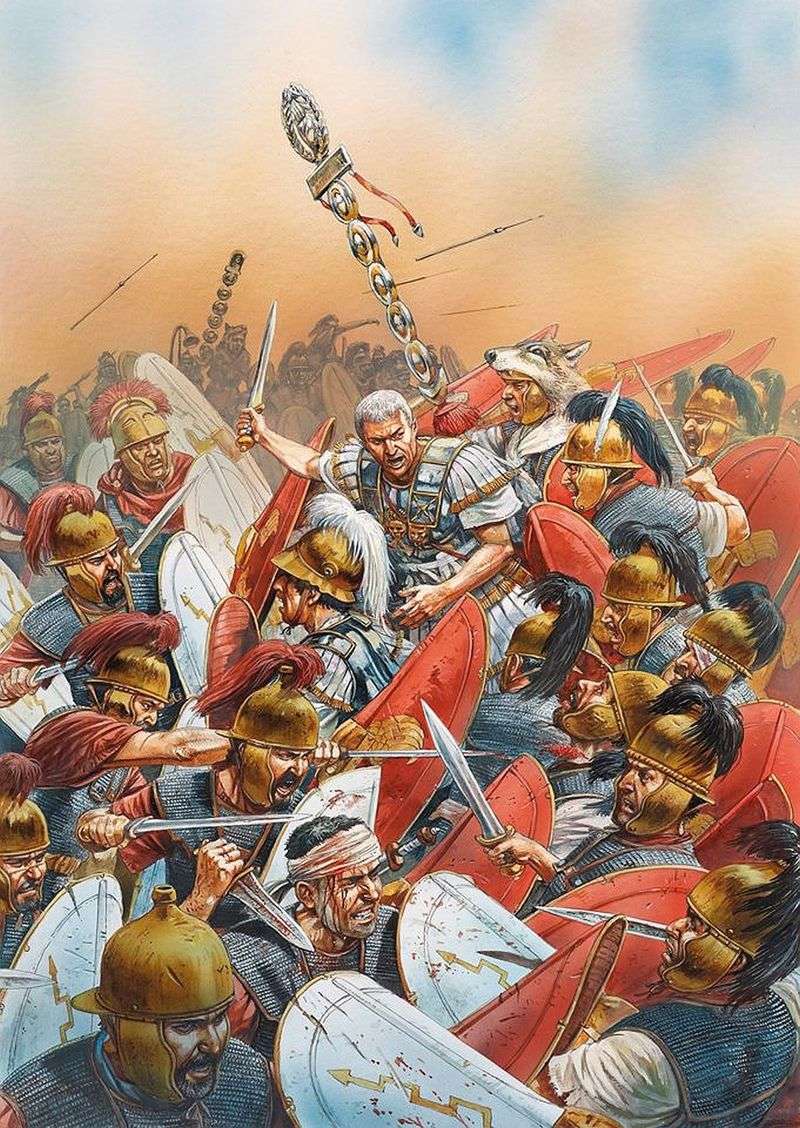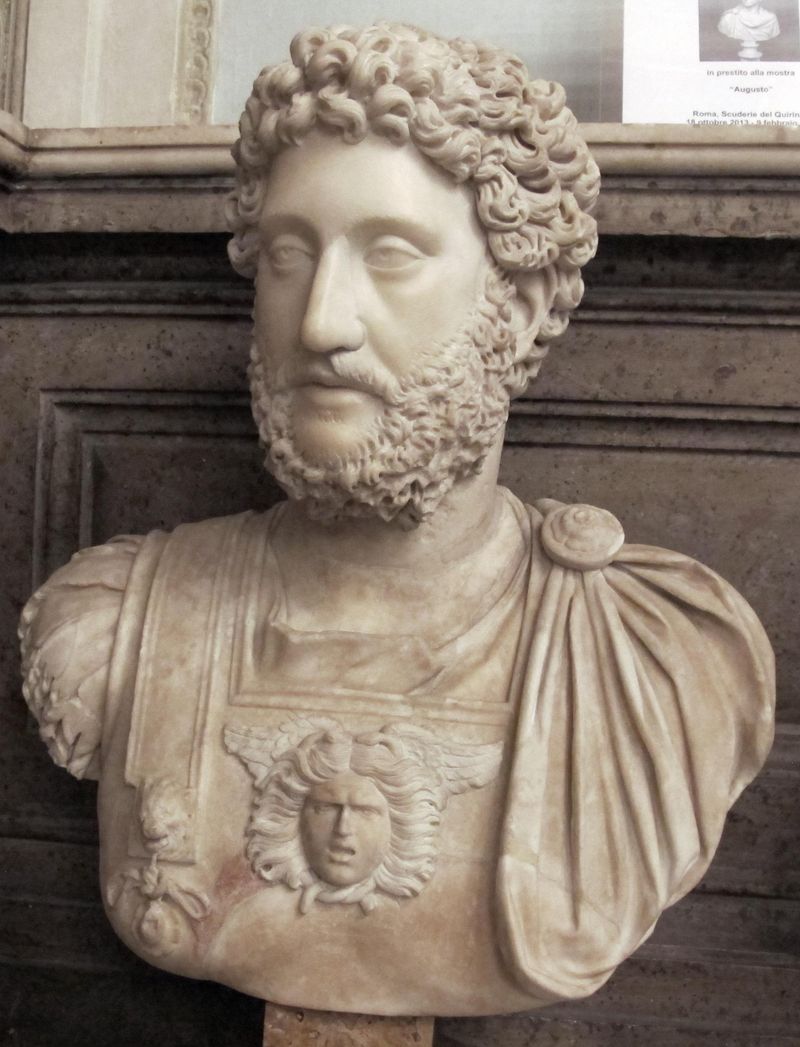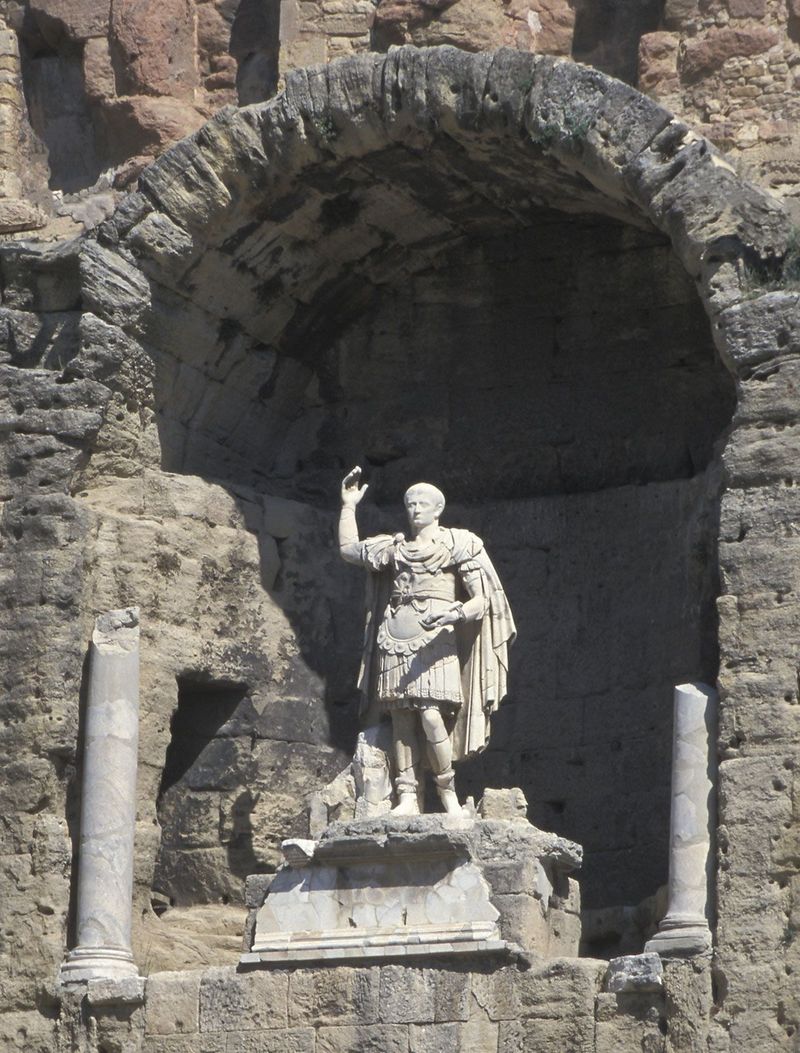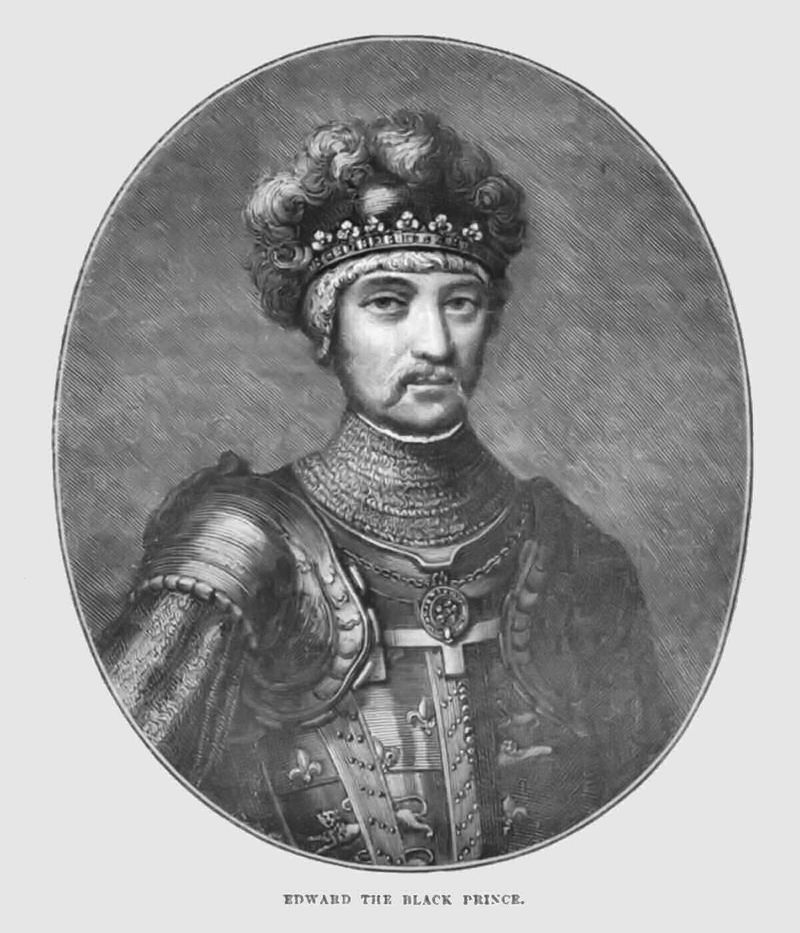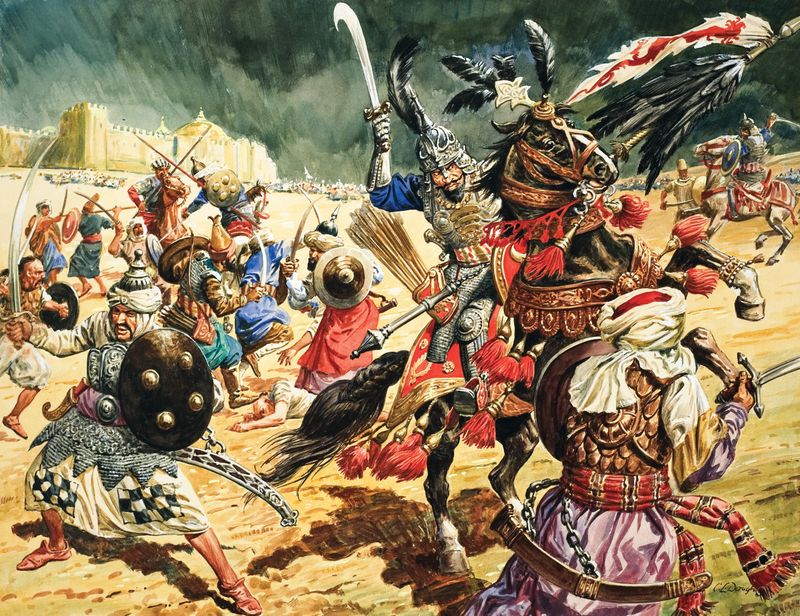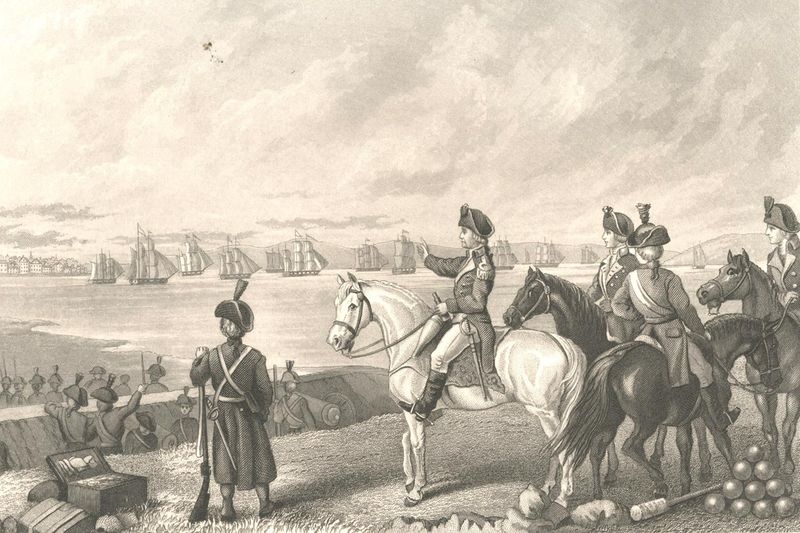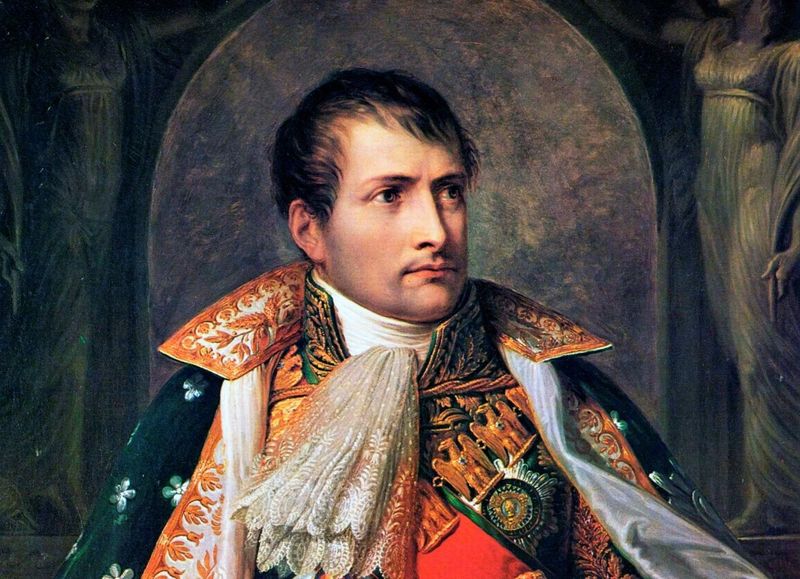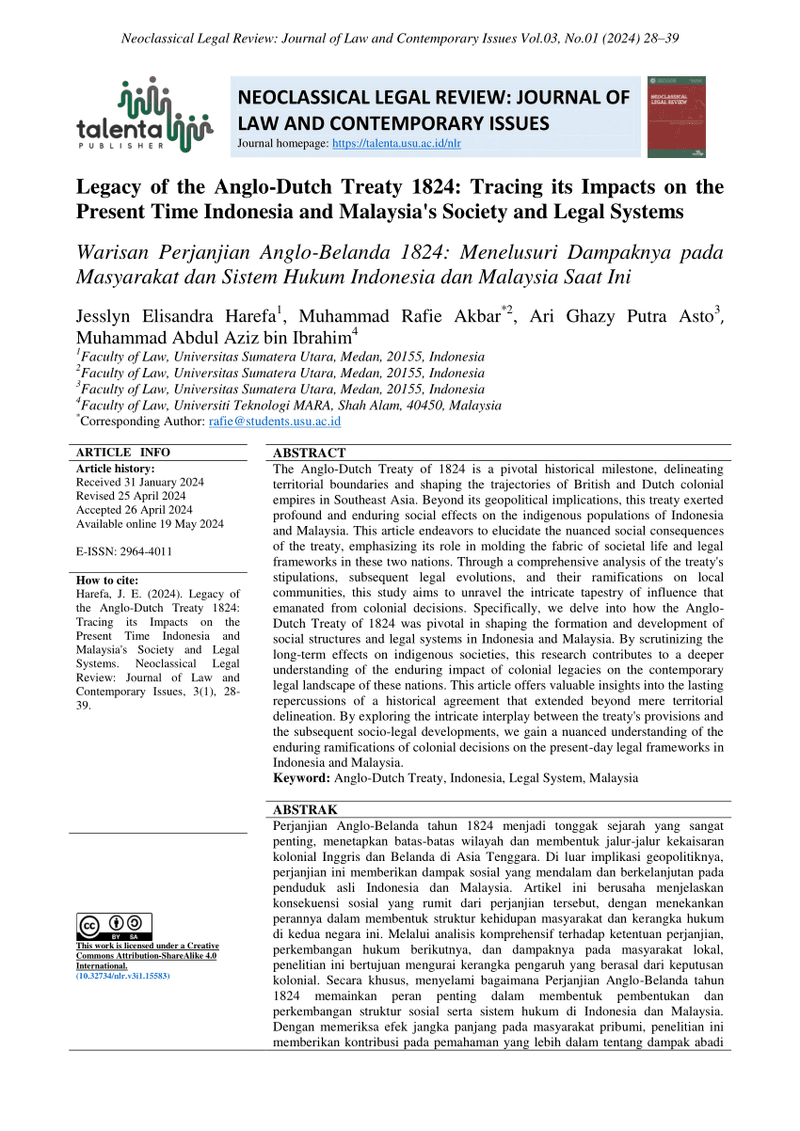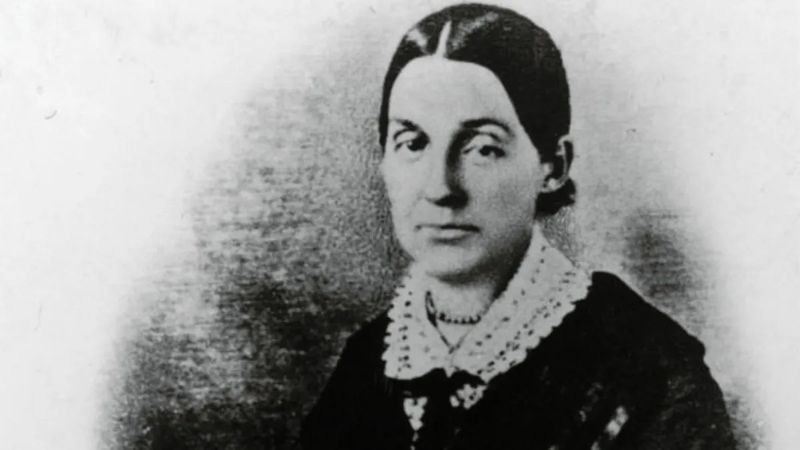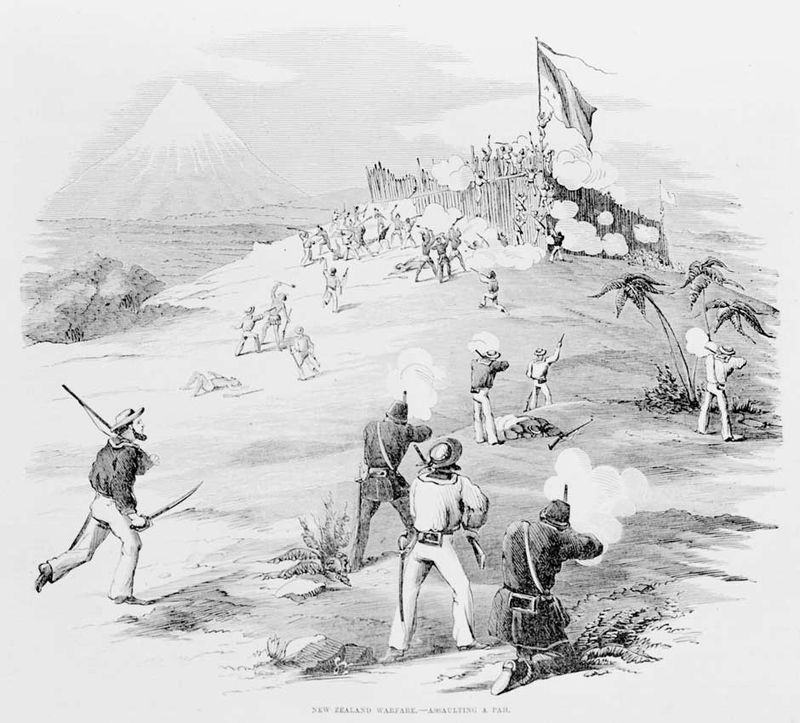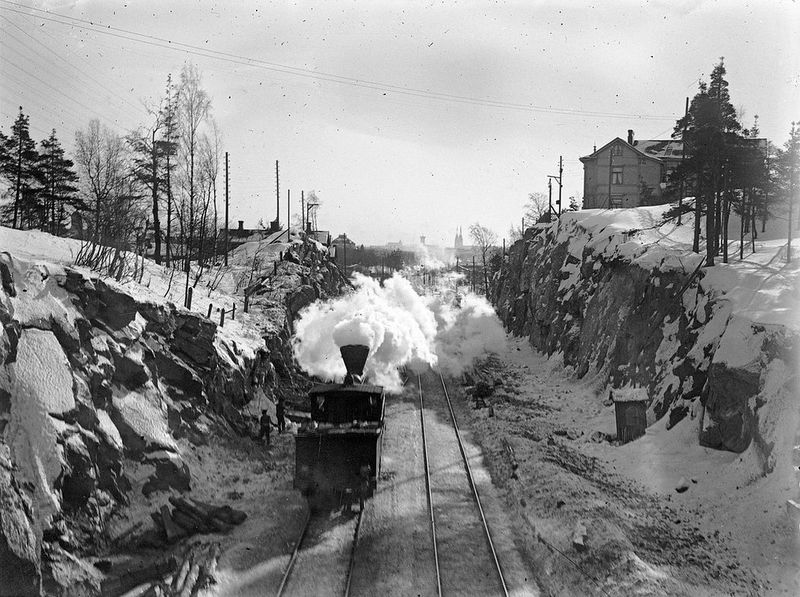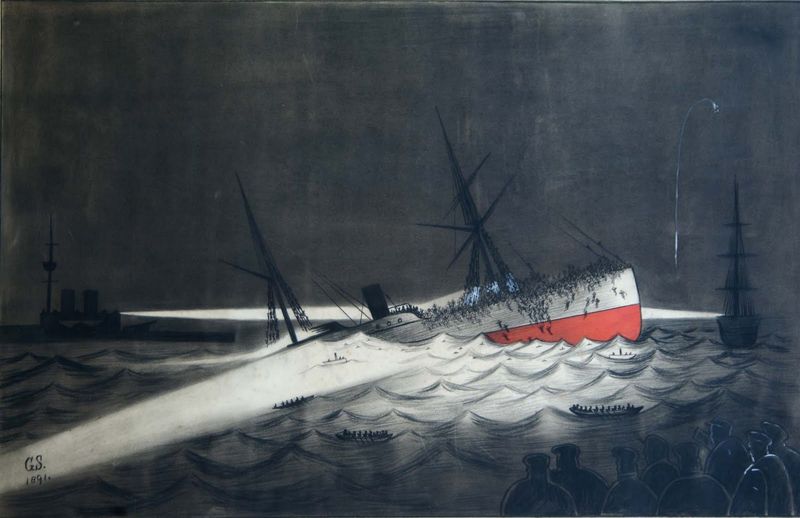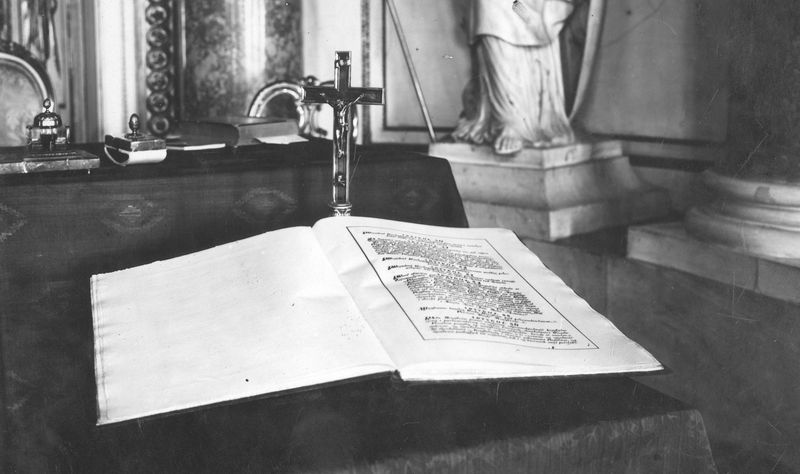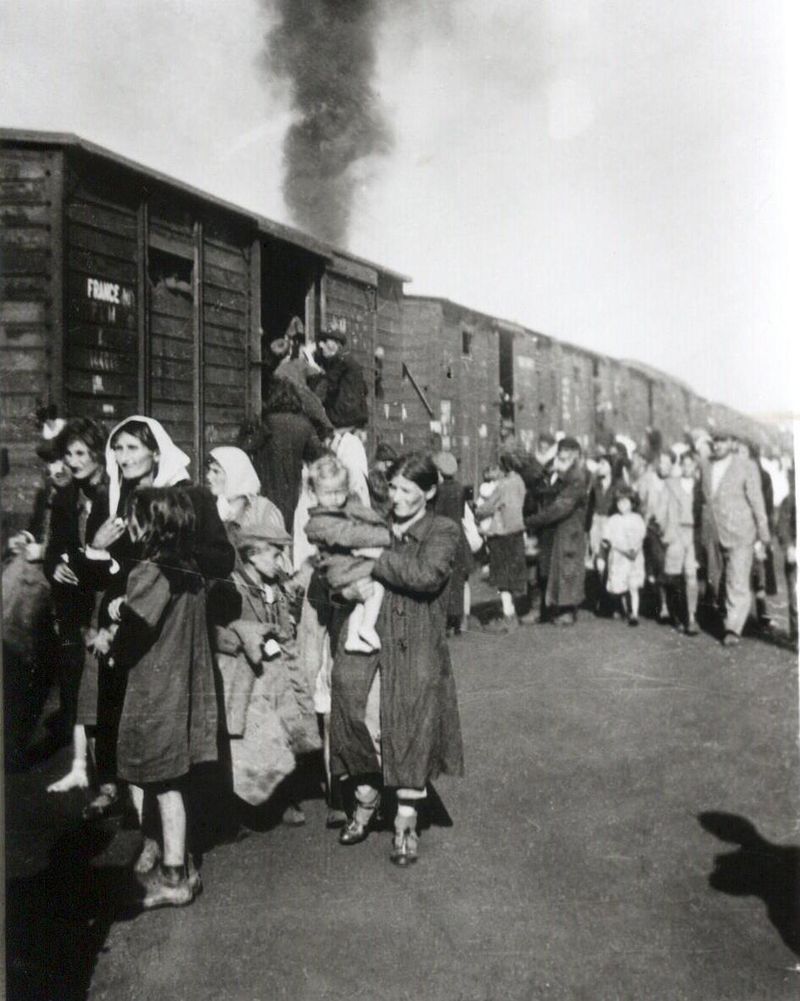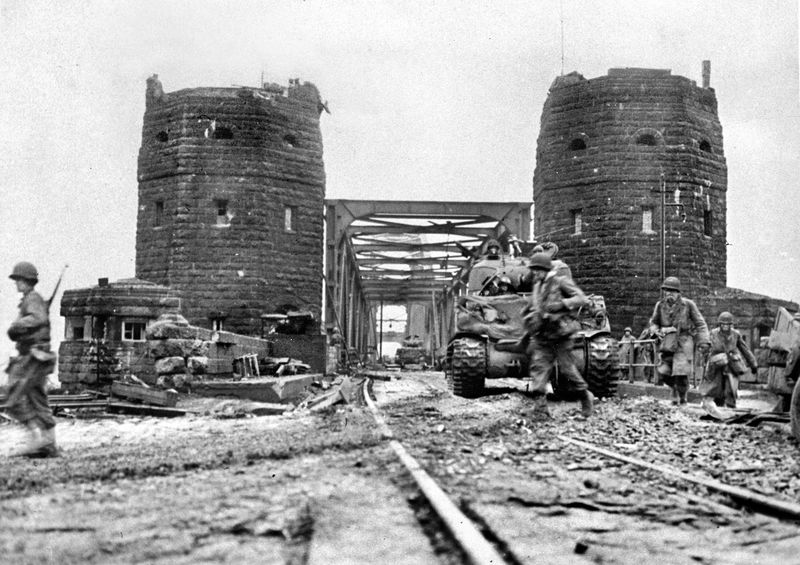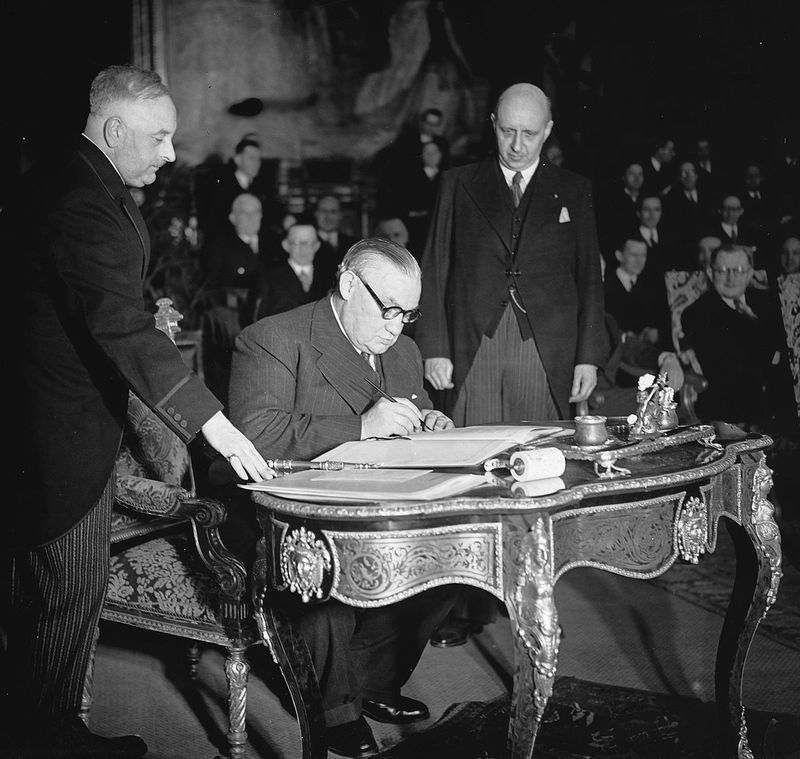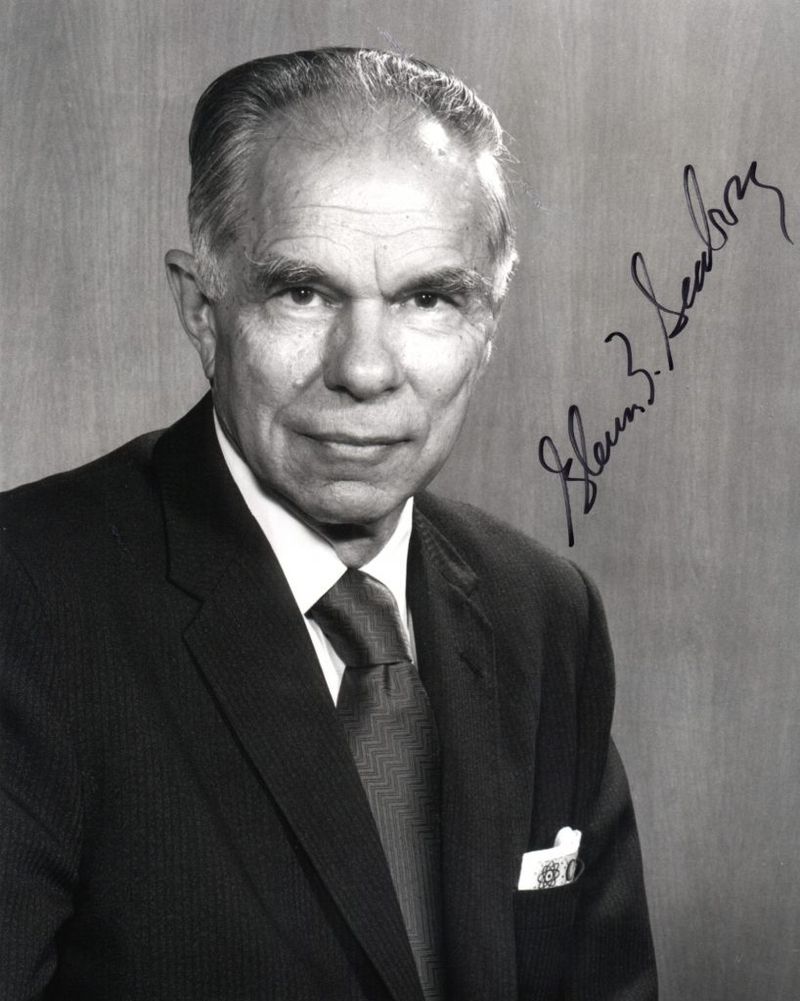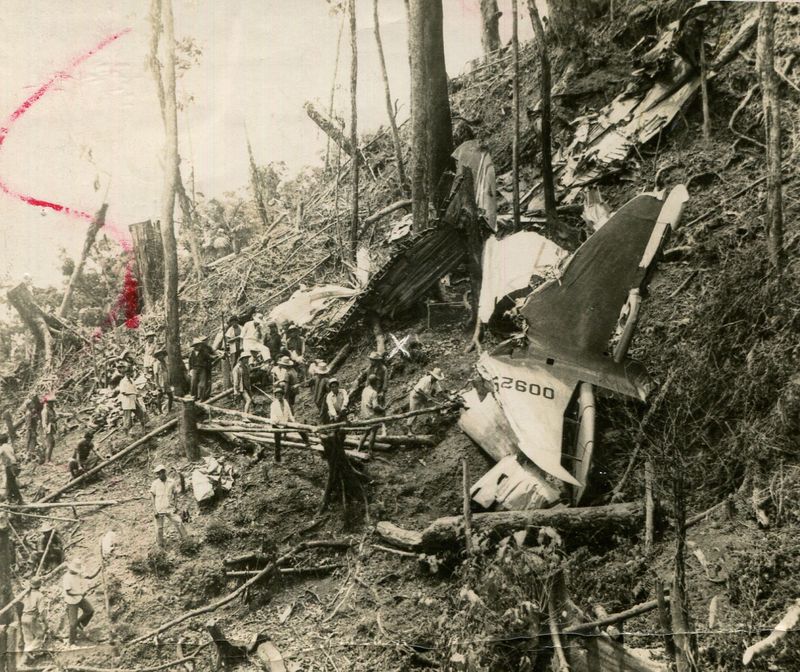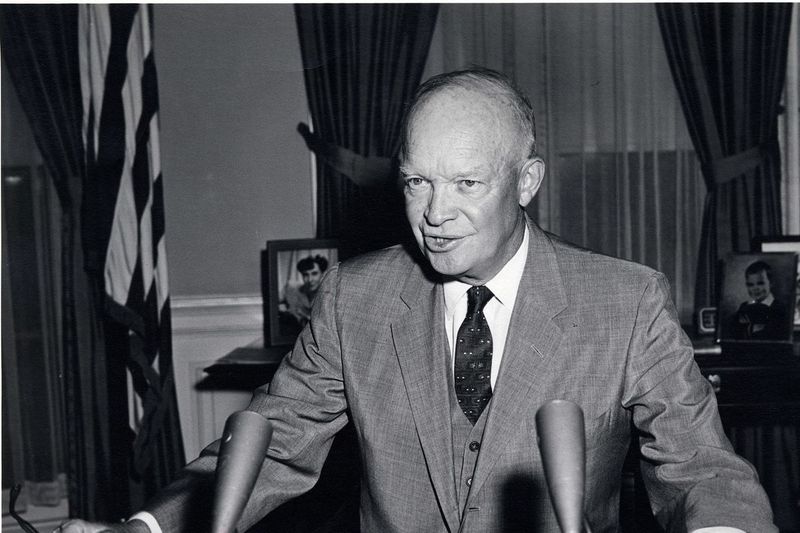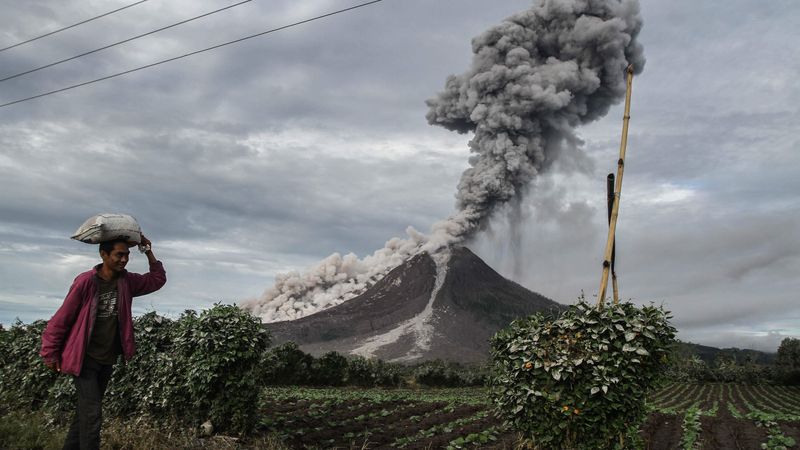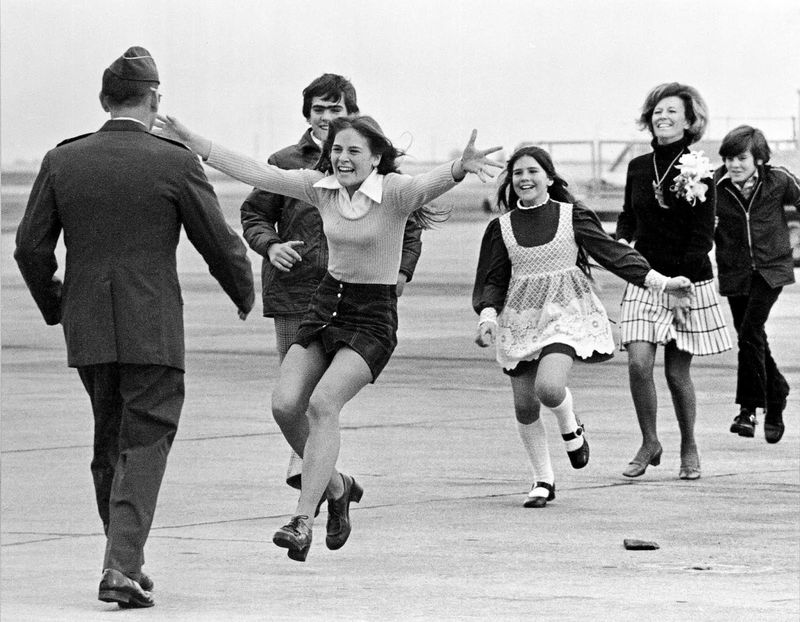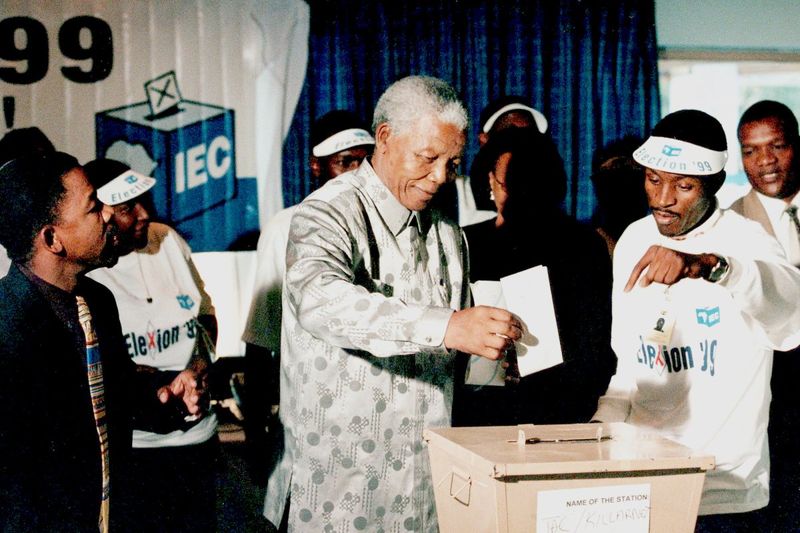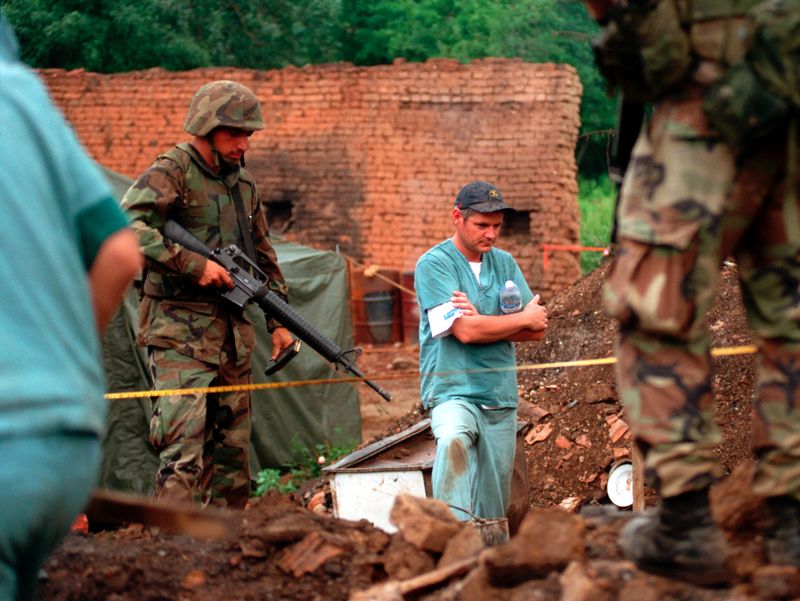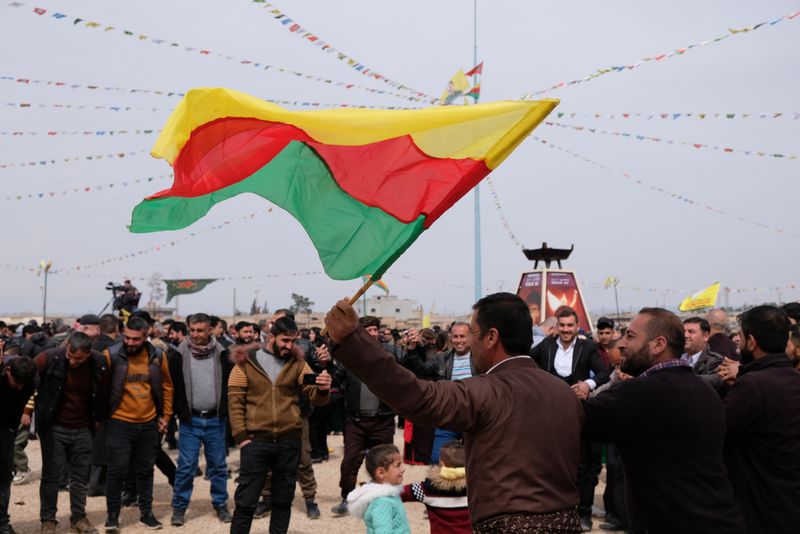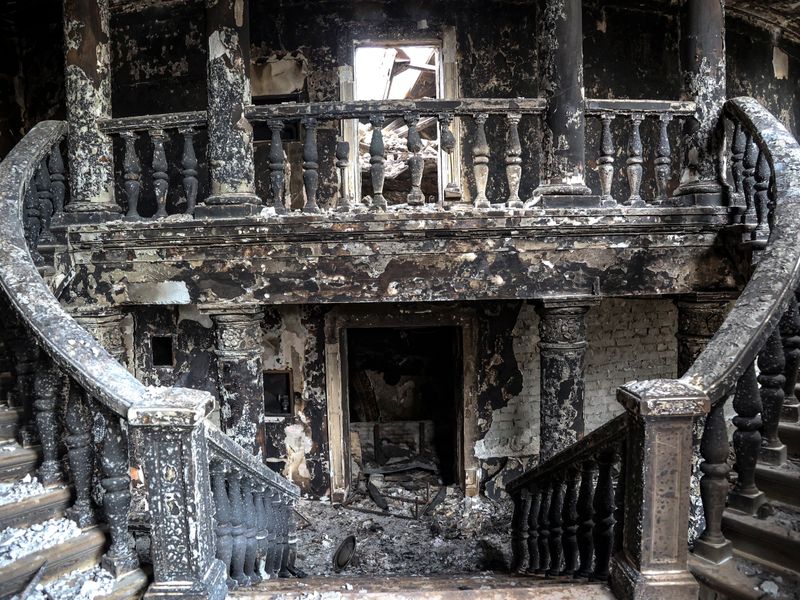March 17th has witnessed numerous significant events throughout history. From the final victory of Julius Caesar to the tragic bombing of the Mariupol Theatre in 2022, these moments have shaped the world in profound ways.
This blog post explores 30 notable occurrences on this date, emphasizing the diversity of historical developments that span cultures, continents, and centuries.
Each event is unique, highlighting pivotal moments in politics, science, warfare, and social change. Join us as we journey through time, uncovering the historical tapestry woven on this singular day.
1. 45 – Julius Caesar Wins His Last Victory at the Battle of Munda
On March 17, 45 BC, Julius Caesar secured his last military triumph at the Battle of Munda in present-day Spain. This victory over the forces of Pompey’s sons solidified Caesar’s power, effectively ending the Roman civil war.
Caesar, then aged 54, demonstrated his strategic genius, leading his legions with precision and courage. The battlefield, marked by rugged terrain, saw intense fighting as Roman forces clashed.
This triumph paved the way for Caesar’s eventual dictatorship, reshaping the Roman political landscape. His victory at Munda remains a testament to his military prowess and enduring legacy in history.
2. 180 – Commodus Becomes Sole Emperor of Rome After the Death of Marcus Aurelius
In 180 AD, Commodus ascended to the Roman throne following the death of his father, Marcus Aurelius. At the young age of 19, Commodus became the sole emperor, marking the end of the Pax Romana. His reign would be characterized by political turmoil and controversial decisions.
Known for his eccentric behavior and self-indulgence, Commodus distanced himself from his father’s esteemed legacy. His rule saw increased corruption and instability within the empire.
Despite his initial popularity, Commodus’ leadership ultimately led to a decline in Rome’s golden era, leaving a complex historical legacy.
3. 455 – Petronius Maximus Becomes Emperor of the Western Roman Empire
Petronius Maximus assumed the title of Western Roman Emperor on March 17, 455 AD, amidst a period of significant political upheaval. His rise to power followed the assassination of Emperor Valentinian III, creating a turbulent environment.
Maximus’ reign was brief and fraught with challenges. He faced external threats from invading tribes and internal dissent among Roman factions.
Despite his efforts to stabilize the empire, his rule ended abruptly with his assassination, just two months later. His short tenure is often seen as a symbol of the waning power of the Western Roman Empire.
4. 1337 – Edward, the Black Prince, is Made Duke of Cornwall, the First Duchy in England
In 1337, Edward, known as the Black Prince, was granted the title of Duke of Cornwall, becoming the first English duke. This elevation marked a significant development in the English peerage system, setting a precedent for future ducal titles.
Edward’s new status came with significant estates and influence, enhancing the power of the royal family. As a respected military leader, he played a pivotal role in the early stages of the Hundred Years’ War.
His knighthood and chivalric code exemplified medieval nobility, leaving a lasting impact on English history.
5. 1400 – Turko-Mongol Emperor Timur Sacks Damascus
In 1400, the ruthless conqueror Timur, also known as Tamerlane, led his forces to sack the city of Damascus. This campaign was part of his broader ambition to expand his empire across Asia and the Middle East.
The siege of Damascus was marked by severe destruction and brutality. Timur’s army, known for its formidable cavalry, overwhelmed the city’s defenses, leading to widespread chaos.
This event highlighted Timur’s military prowess and his role in reshaping regional power dynamics. The fall of Damascus to Timur remains a significant episode in the history of the Middle East.
6. 1776 – American Revolution: British Army Evacuates Boston, Ending the Siege
On March 17, 1776, British forces, under the command of General William Howe, evacuated Boston, marking a crucial early victory for the American revolutionaries. This event concluded an 11-month siege led by General George Washington and the Continental Army.
The operation showcased strategic brilliance, as American forces fortified positions on Dorchester Heights, compelling the British to withdraw. The successful siege bolstered American morale and established Washington’s leadership credentials.
This pivotal moment in the American Revolution demonstrated the colonists’ determination and resourcefulness, setting the stage for further conflicts that would lead to eventual independence.
7. 1805 – The Italian Republic Becomes the Kingdom of Italy, With Napoleon as King
In 1805, the Italian Republic transformed into the Kingdom of Italy with Napoleon Bonaparte as its king. This political shift was part of Napoleon’s ambition to consolidate power across Europe.
The coronation took place in Milan, where Napoleon, adorned in regal attire, was crowned with the Iron Crown of Lombardy. This event signified the reorganization of Italian territories under French influence.
Napoleon’s reign over Italy introduced significant administrative reforms, impacting the region’s political landscape. The establishment of the Kingdom of Italy under Napoleon was a testament to his influence and reshaping of European boundaries.
8. 1824 – The Anglo-Dutch Treaty Divides the Malay Archipelago Between Britain and the Netherlands
The Anglo-Dutch Treaty of 1824 delineated colonial spheres of influence between Britain and the Netherlands in Southeast Asia. This agreement played a crucial role in shaping the geopolitical landscape of the region.
The treaty divided the Malay Archipelago, granting Britain control over areas like Singapore, while the Dutch retained possessions in what is now Indonesia. This division fostered stability and allowed for economic exploitation.
However, it also laid the groundwork for future tensions and rivalries. The treaty’s impact endures in the cultural and political distinctions between modern-day Malaysia and Indonesia.
9. 1842 – The Female Relief Society of Nauvoo is Formally Organized With Emma Smith as President
On March 17, 1842, the Female Relief Society of Nauvoo was officially organized, with Emma Smith, wife of Joseph Smith, as its president. This society became an essential part of the early Latter-day Saint movement.
The organization aimed to support women and families within the community, providing charitable aid and promoting moral values. Emma Smith’s leadership was instrumental in shaping the society’s objectives and outreach efforts.
The Nauvoo Relief Society set a precedent for women’s roles in religious and social contexts, influencing future generations and laying the foundation for modern charitable organizations within the church.
10. 1860 – The First Taranaki War Begins in New Zealand as Part of the New Zealand Wars
The First Taranaki War broke out in 1860, marking the beginning of the New Zealand Wars, a series of conflicts between Maori tribes and British settlers. This war stemmed from disputes over land ownership and sovereignty.
Fighting centered around the Taranaki region, where both sides engaged in fierce battles. Maori warriors, employing guerrilla tactics, proved formidable against the British forces.
The conflict highlighted differing views on land rights and cultural sovereignty. Although the war ended inconclusively, it set the stage for continued resistance and negotiations regarding Maori land and governance in New Zealand.
11. 1861 – The Kingdom of Italy is Proclaimed
On March 17, 1861, the Kingdom of Italy was officially proclaimed, marking a key milestone in the unification of Italy. Vittorio Emanuele II became the first king, symbolizing national unity.
The unification process involved a series of political and military efforts, overcoming regional divisions and foreign influence. This proclamation was the culmination of the Risorgimento movement, driven by figures like Giuseppe Garibaldi and Count Cavour.
The formation of the Italian nation-state transformed the political landscape of Europe, fostering a sense of national identity. Italy’s unification remains a significant chapter in its history.
12. 1862 – Finland Opens Its First Railway Line Between Helsinki and Hämeenlinna
In 1862, Finland inaugurated its first railway line, connecting Helsinki and Hämeenlinna. This milestone marked a significant advancement in the country’s transportation infrastructure.
The railway line facilitated economic growth, enabling efficient movement of goods and people. It also contributed to urban development along its route. The introduction of railways in Finland symbolized industrial progress, aligning the nation with broader European trends.
This achievement laid the foundation for future expansions of Finland’s railway network, enhancing connectivity across the region and supporting the country’s modernization efforts during the 19th century.
13. 1891 – SS Utopia Collides With HMS Anson in Gibraltar Bay, Killing 562 Passengers
The tragic collision of SS Utopia with HMS Anson in Gibraltar Bay occurred on March 17, 1891. This maritime disaster resulted in the loss of 562 lives, highlighting the perils of sea travel during that era.
The collision happened during poor visibility, as SS Utopia attempted to navigate through the bay. The impact caused the passenger ship to sink rapidly, with many unable to escape.
Rescue efforts by nearby vessels saved some, but the scale of the tragedy was immense. The disaster prompted improvements in maritime safety regulations, striving to prevent similar incidents in the future.
14. 1921 – The Second Polish Republic Adopts the March Constitution
In 1921, the Second Polish Republic adopted the March Constitution, establishing a democratic framework for the newly re-established nation. This constitution aimed to balance executive and legislative powers.
The adoption marked a pivotal moment in Poland’s post-World War I reconstruction, providing a legal foundation for the state. It emphasized civil liberties and separation of powers, reflecting the democratic aspirations of the period.
Despite challenges in implementation, the March Constitution played a crucial role in shaping Poland’s political landscape, influencing subsequent constitutional developments and the nation’s commitment to democratic governance.
15. 1942 – Holocaust: The First Jews From the Lvov Ghetto Are Gassed at Belzec Death Camp
On March 17, 1942, the first transport of Jewish prisoners from the Lvov Ghetto arrived at the Belzec extermination camp. This marked the beginning of mass killings at the camp, part of the Holocaust’s systematic genocide.
Belzec was one of the first Nazi death camps, where gas chambers were used to murder prisoners upon arrival. This grim event highlighted the brutal efficiency of the Nazi regime’s “Final Solution.”
The tragedy of those who perished at Belzec underscores the atrocities faced by millions during the Holocaust, serving as a somber reminder of humanity’s capacity for inhumanity.
16. 1945 – The Ludendorff Bridge in Remagen, Germany, Collapses Ten Days After Its Capture
The Ludendorff Bridge at Remagen, Germany, collapsed on March 17, 1945, just ten days after Allied forces captured it. This World War II event had strategic implications for the advancing Allied troops.
The bridge’s capture allowed forces to cross the Rhine River, facilitating further penetration into German territory. However, structural damage led to its unforeseen collapse, resulting in casualties among soldiers utilizing the crossing.
Despite the loss, the temporary bridgehead established at Remagen proved crucial in the Allies’ push towards victory in Europe. The incident remains a notable episode in the final stages of the war.
17. 1948 – Belgium, France, Luxembourg, the Netherlands, and the UK Sign the Treaty of Brussels, a NATO Precursor
In 1948, the Treaty of Brussels was signed by Belgium, France, Luxembourg, the Netherlands, and the United Kingdom. This agreement aimed to promote collective defense and cooperation in post-war Europe.
The treaty laid the groundwork for the establishment of NATO, reflecting Western Europe’s desire for security against potential aggression. It fostered political, military, and economic collaboration among member states.
The Brussels Treaty represented a critical step in the evolution of international alliances, demonstrating a commitment to mutual defense and stability during a period of geopolitical tension in the Cold War era.
18. 1950 – University of California, Berkeley Scientists Announce the Discovery of Californium (Element 98)
On March 17, 1950, scientists at the University of California, Berkeley, announced the discovery of Californium, element 98 on the periodic table. This breakthrough expanded the understanding of actinide elements.
Californium’s discovery involved complex nuclear reactions using a cyclotron, showcasing advancements in scientific research and technology. The element’s applications include use in nuclear reactors and medical treatments.
The achievement highlighted the innovative spirit of mid-20th-century science and its contributions to both theoretical and practical fields. The discovery of Californium remains a notable milestone in the study of chemistry and nuclear physics.
19. 1957 – Philippine President Ramon Magsaysay and 24 Others Die in a Plane Crash in Cebu
On March 17, 1957, a tragic plane crash in Cebu claimed the lives of Philippine President Ramon Magsaysay and 24 others. This disaster shocked the nation and altered its political course.
President Magsaysay was a beloved leader known for his populist approach and anti-corruption efforts. His untimely death left a void in Philippine politics, prompting a period of mourning and uncertainty.
The crash underscored the challenges of aviation safety during the era. Magsaysay’s legacy endures, remembered for his dedication to public service and his impact on Philippine governance and society.
20. 1960 – President Dwight D. Eisenhower Approves Covert Anti-Cuban Operations Leading to the Bay of Pigs
In 1960, President Dwight D. Eisenhower authorized covert operations aimed at overthrowing Cuban leader Fidel Castro. This decision set the stage for the Bay of Pigs invasion in 1961.
The operation reflected Cold War tensions and US concerns over communist influence in the Western Hemisphere. Planning involved training Cuban exiles for an armed assault.
Despite initial confidence, the subsequent invasion failed, leading to diplomatic fallout and embarrassment for the US. Eisenhower’s approval of these covert efforts highlighted the complexities of Cold War geopolitics and the challenges of interventionist strategies.
21. 1963 – Mount Agung Erupts on Bali, Killing More Than 1,100 People
Mount Agung, a towering volcano on the island of Bali, erupted on March 17, 1963. This catastrophic event claimed over 1,100 lives, causing widespread devastation.
The eruption unleashed massive ash clouds and pyroclastic flows, destroying villages and agricultural lands. The disaster displaced thousands, prompting humanitarian responses and international aid.
Mount Agung’s eruption underscored the volatile nature of volcanic activity in the Pacific Ring of Fire. The tragedy remains etched in the memories of the Balinese people, serving as a reminder of the island’s vulnerability to natural disasters and the resilience required to rebuild.
22. 1969 – Golda Meir Becomes the First Female Prime Minister of Israel
In 1969, Golda Meir made history by becoming the first female prime minister of Israel. Her rise to leadership marked a significant moment in global politics, as she joined the ranks of pioneering women in power.
Meir’s premiership was characterized by her strong-willed leadership style and dedication to Israel’s security and development. Her tenure included navigating complex regional challenges and international diplomacy.
Golda Meir’s legacy as a trailblazer in political leadership and her contributions to Israel’s formative years continue to inspire generations, symbolizing progress in gender equality and governance.
23. 1973 – Pulitzer Prize-Winning Photo “Burst of Joy” is Taken, Symbolizing U.S. Withdrawal From Vietnam
On March 17, 1973, the iconic photograph “Burst of Joy” was taken, capturing the emotional reunion of a returning Vietnam War POW with his family. This image symbolized the broader context of the US withdrawal from Vietnam.
The photograph, which won the Pulitzer Prize, resonated with audiences, reflecting the relief and complexities of returning home after the conflict. It captured a poignant moment of human emotion, juxtaposed against the backdrop of a controversial war.
“Burst of Joy” remains a powerful reminder of the personal and collective impacts of military engagement and the hope for healing.
24. 1985 – Serial Killer Richard Ramirez (“Night Stalker”) Commits His First Two Murders in Los Angeles
In 1985, Richard Ramirez, infamously known as the “Night Stalker,” committed his first two known murders in Los Angeles. This marked the beginning of a series of heinous crimes that terrorized the city.
Ramirez’s attacks were characterized by their brutal nature and apparent randomness, instilling fear across Southern California. His crimes led to a massive police investigation and heightened public anxiety.
The “Night Stalker” case highlighted issues of urban safety and the challenges of tracking a serial offender. Ramirez’s eventual capture and conviction brought a sense of closure to a community shaken by his actions.
25. 1992 – A Referendum to End Apartheid in South Africa is Passed by a 68.7% Majority
On March 17, 1992, South Africa held a pivotal referendum in which a majority of voters supported ending apartheid. This decision marked a turning point in the nation’s history, paving the way for democratic reforms.
The referendum, backed by then-President F.W. de Klerk, signaled a commitment to dismantling the institutionalized racial segregation that had defined South Africa for decades.
The outcome reflected the shifting public sentiment and growing international pressure for change. This momentous decision set in motion the transition towards a more inclusive society, eventually leading to the election of Nelson Mandela as president.
26. 2000 – Over 530 Members of a Ugandan Religious Cult Die in a Fire in a Suspected Mass Murder or Suicide
In 2000, tragedy struck in Uganda when over 530 members of a religious cult died in a fire. The incident was suspected to be a mass murder or suicide orchestrated by the cult’s leaders.
The cult, known as the Movement for the Restoration of the Ten Commandments of God, had amassed a following with apocalyptic predictions. The fire consumed their compound, leading to one of the deadliest cult-related tragedies in history.
This event underscored the dangers of extremist beliefs and the vulnerability of individuals seeking spiritual solace. It prompted increased scrutiny of cult activities worldwide.
27. 2003 – British Cabinet Member Robin Cook Resigns Over the Iraq War Decision
In 2003, British Cabinet member Robin Cook resigned in protest over the government’s decision to invade Iraq. His resignation speech, delivered in the House of Commons, articulated his objections to the war.
Cook’s stance highlighted concerns regarding the legitimacy and consequences of military intervention in Iraq. His departure was a significant political statement, reflecting divisions within the government and public opinion.
Cook’s principled stand resonated with many who questioned the war’s rationale. His resignation remains a notable example of political dissent and the complexities surrounding foreign policy decisions.
28. 2004 – Kosovo Unrest: 22 Killed, 200 Wounded, and Dozens of Religious Sites Destroyed
In March 2004, Kosovo experienced intense unrest, resulting in the deaths of 22 people and injuries to 200 others. The violence also led to the destruction of numerous religious sites.
The unrest was fueled by ethnic tensions between Serbs and Albanians, exacerbating regional instability. The international community responded with peacekeeping efforts to restore order and prevent further escalation.
This period of violence highlighted the fragility of post-conflict societies and the ongoing challenges of reconciliation. The events in Kosovo underscored the importance of addressing ethnic divisions to ensure lasting peace in the Balkans.
29. 2016 – Rojava Conflict: The Democratic Federation of Northern Syria is Established
The Democratic Federation of Northern Syria, also known as Rojava, was established on March 17, 2016. This declaration marked a significant development in the ongoing Syrian conflict.
Rojava’s formation was driven by Kurdish forces and allied groups seeking autonomy and democratic governance in the region. The federation emphasized principles of equality, environmental sustainability, and self-defense.
Rojava’s establishment represented a new approach to governance amidst the complex dynamics of the Syrian war. It highlighted the aspirations of marginalized communities to create inclusive political systems in the face of adversity.
30. 2022 – The Mariupol Theatre is Bombed During the Siege of Mariupol
During the 2022 siege of Mariupol, the Mariupol Theatre was bombed, causing significant casualties and destruction. This event drew international condemnation as a humanitarian tragedy.
The theatre had served as a shelter for civilians seeking safety amid the ongoing conflict. Its bombing underscored the severe human impact of the war, highlighting the plight of non-combatants caught in hostilities.
The incident intensified calls for diplomatic resolution and accountability. The bombing of the Mariupol Theatre remains a stark reminder of the devastating consequences of war and the urgent need for peace efforts.

